- City:
- New York, New York City, NY
- Site Type:
- Parks and Recreation, Art Works, Zoos, Sculptures
- New Deal Agencies:
- Civil Works Administration (CWA), Work Relief Programs, Works Progress Administration (WPA), Federal Emergency Relief Administration (FERA)
- Started:
- 1934
- Completed:
- 1937
- Artist:
- Frederick Roth
- Designer:
- Aymar Embury II
- Quality of Information:
- Very Good
- Marked:
- No
- Site Survival:
- Extant
Description
The Central Park Zoo was built over the course of eight months in 1934 by workers employed by the Civil Works Administration and, after that program’s demise, by the Federal Emergency Relief Administration. It succeeded the old Central Park Menagerie, a once popular attraction that by the early 1930s was so severely dilapidated that Parks Department officials feared its lions and tigers would break out of the rotted wood structures that housed them. Newly-appointed Parks Commissioner Robert Moses set about replacing the menagerie, not with a full-sized zoo, but with what he called a “picture-book zoo”—a smaller-scale facility meant as a delightful place for the city’s children. Hoping to take advantage of CWA funding before that temporary program was scheduled to expire, Moses directed architect Aymar Embury II and his team to work quickly; they did, finishing their design in a mere sixteen days. One thousand CWA workers were soon laboring around the clock on the project, continuing into the morning by the light of carbide flares. When the CWA wound down in the spring of 1934, the city’s Emergency Relief Bureau (with contributions from the FERA) absorbed it.
Embury designed the Central Park Zoo around a quadrangle, with a sea lion pool at its center, brick animal houses flanking it to the north and south, a restaurant sitting along its western edge, and the old Arsenal (home to the Parks Department’s offices) guarding the approach from Fifth Avenue. To satisfy the federal works agencies’ desire to keep the ratio of labor-to-material costs high, Embury’s design featured mostly simple materials: “concrete, plain red bricks, and some cheap limestone.” In spite of these constraints, the project’s designers and craftsmen incorporated a number of whimsical touches, including animal-themed sculptures, friezes, and reliefs. For example, in May 1937, two six foot high bronze sculptures by Frederick Roth were erected in the fountain basins near the concession building. Given the date, these were almost certainly funded by the WPA. A press release announcing their installation described them in whimsical terms: “These amusing and decorative figures set on granite blocks, will, because of their position, fit harmoniously into and add gaiety to the Zoo landscape. Around the base of the bear are five frogs, and around the goat five ducks, which are connected to the water system; and from the mouths and bills of each, water will spray.”
Later, Moses foraged eight granite eagle statues from a demolition project. They were created in 1912 for the bridge that went over Shore Road from First Avenue in Brooklyn. The bridge was later demolished for the construction of the Gowanus Parkway and the eight eagles were sent to the Central Park Zoo in 1941. Originally 4 of them were at the corners of seal pool, but they were moved in the 1988 renovation.
The new Central Park Zoo opened on December 2, 1934. Over time, the Central Park Zoo became outdated and would need to be reconstructed in the 1980s under the direction of the New York Zoological Society. Nevertheless, some of the elements of the 1934 zoo remain: the birdhouse (now a gift shop) and the monkey house (now the Zoo School), as well as some of the design touches—including the granite eagles. There is also a sign on Fifth Avenue at the entrance to the zoo which is almost surely WPA: the typography is typical 1930s and the cafeteria (Kelly’s) was part of the original zoo that was demolished decades ago.
Source notes
Robert Caro, The Power Broker: Robert Moses and the Fall of New York (New York: Knopf, 1974) Hilary Ballon and Kenneth T. Jackson, eds., Robert Moses and the Modern City: The Transformation of New York (New York: Norton, 2007) NYC Parks - History of Central Park Zoos Department of Parks Press Release, May 17, 1937 https://kermitproject.org/newdeal/centralpark/zoo14.htmlSite originally submitted by Mason Williams, Frank da Cruz on January 7, 2015.
At this Location:
- Central Park: Adventure Playground - New York NY
- Central Park: Conservatory Garden - New York NY
- Central Park: Mariners' Playground - New York NY
- Central Park: Harlem Meer Improvements - New York NY
- Central Park: Rudin Family Playground - New York NY
- Central Park Improvements - New York NY
- Central Park: Tarr Family Playground - New York NY
- Central Park: Heckscher Playground Improvements - New York NY
- Central Park: Rumsey Playfield - New York NY
- Central Park: Arsenal Improvements - New York NY
- Central Park: Great Lawn - New York NY
- Central Park: Arsenal Murals - New York NY
- Central Park: Bridle Paths - New York NY
- Central Park: Tavern on the Green - New York NY
- Central Park: North Meadow Ball Fields - New York NY
Contribute to this Site
We welcome contributions of additional information on any New Deal site.
Submit More Information or Photographs for this New Deal Site
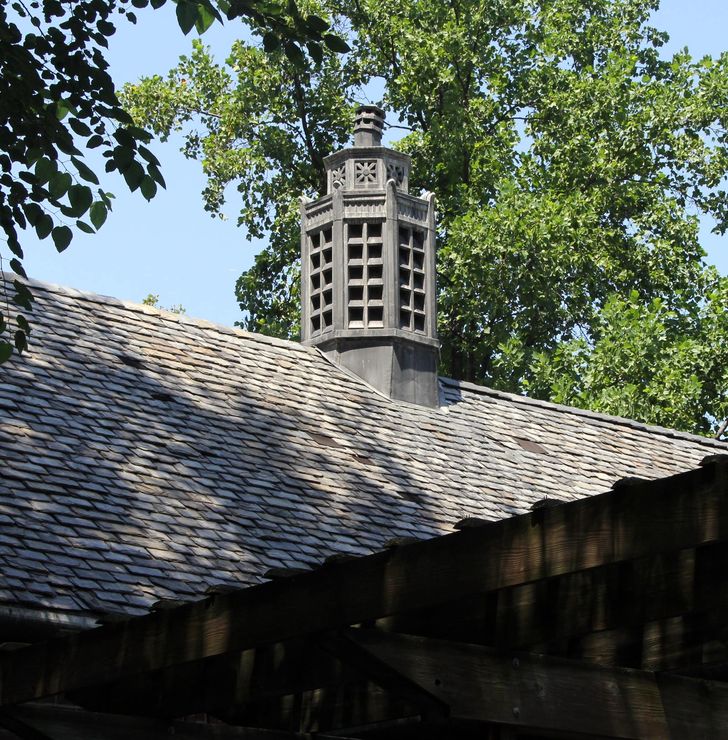
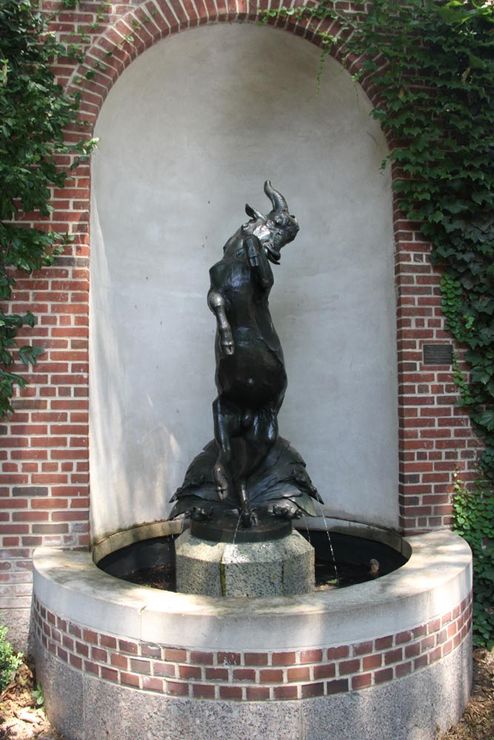

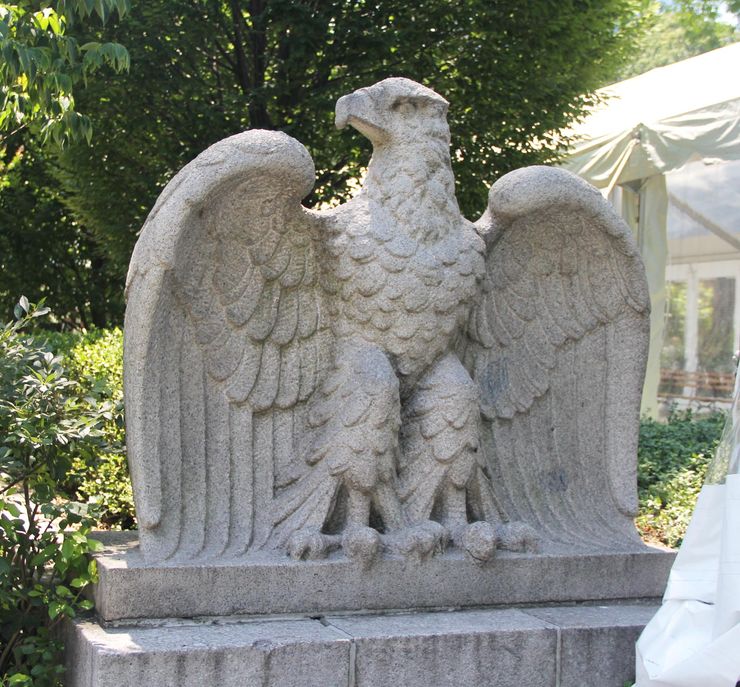
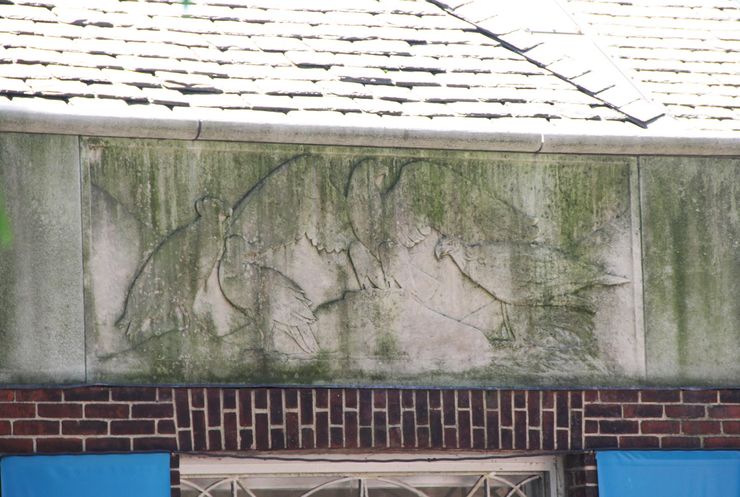

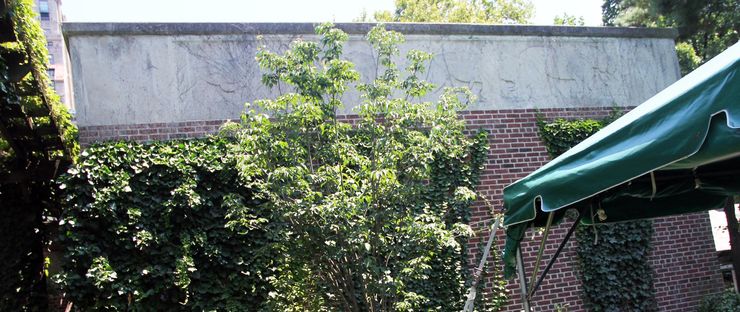

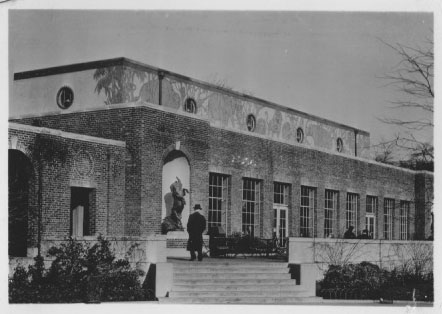

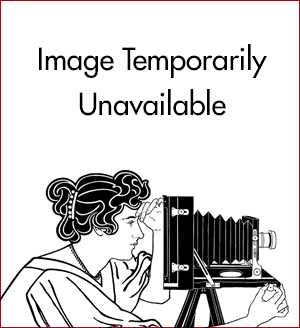
Join the Conversation